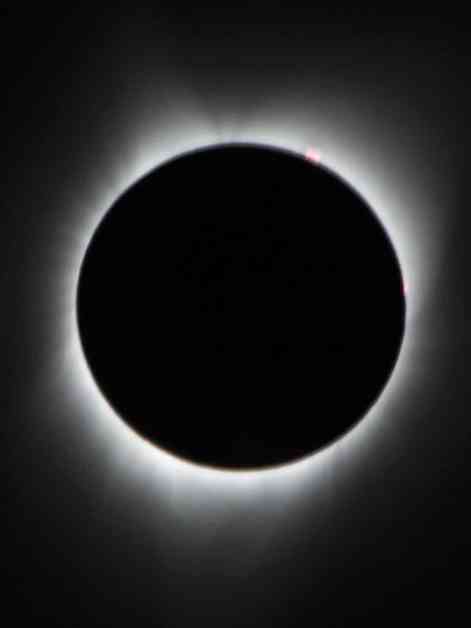NASA has provided us with some truly breathtaking images of the moon over the years. From the Galileo spacecraft capturing a stunning image of the moon in December 1992 to the Lunar Orbiter 2’s photo of the central peaks of the Copernicus crater in 1966, each image reveals a different aspect of Earth’s natural satellite.
One of the most iconic images is from the Apollo 11 mission, showing astronaut Buzz Aldrin standing beside the US flag on the moon’s surface. This historic moment, captured in a photograph, commemorates the first time a human set foot on the moon, with Neil Armstrong being the first to walk on its surface.
In addition to these historic images, NASA has also captured some more recent photos, such as a total solar eclipse in August 2017. This image shows the Sun’s corona, white flares, and red spots known as Bailey’s beads. It’s a reminder of the beauty and wonder of celestial events that occur in our solar system.
One particularly striking image is of a full moon against the black backdrop of space, with Earth’s horizon in the distance. Taken from the cabin of the Space Shuttle Discovery, this photo also captures the top of the Hubble Space Telescope in the frame, highlighting the collaboration between different space exploration missions.
Another fascinating image is a composite of the full moon, created using data from the Clementine spacecraft in 1994. This was the first US spacecraft launched to the moon, providing valuable information about its surface and composition.
Most recently, NASA’s Lunar Reconnaissance Orbiter (LRO) captured an image in May 2019 that revealed wrinkle ridges in the Mare Frigoris region of the moon. This discovery suggests that the moon’s surface is actively changing, challenging previous assumptions about its stability.
These images not only showcase the beauty of the moon but also provide valuable insights into its geological features and history. As NASA continues to explore and study our celestial neighbor, we can look forward to even more stunning images that will deepen our understanding of the moon and its place in the universe.
